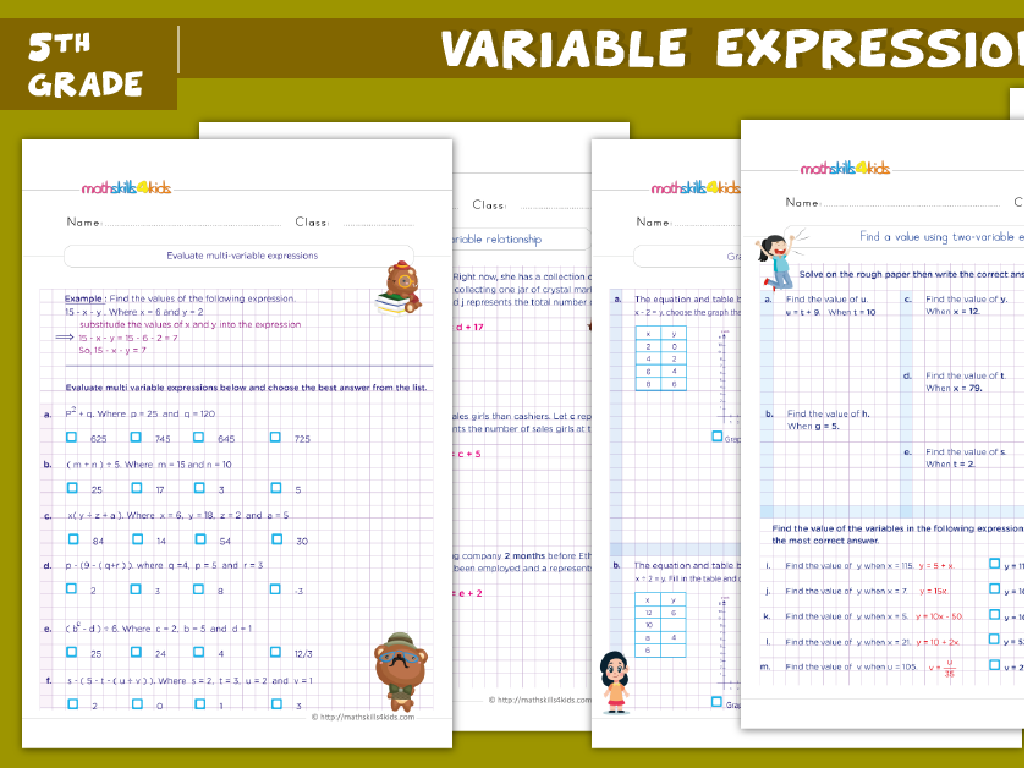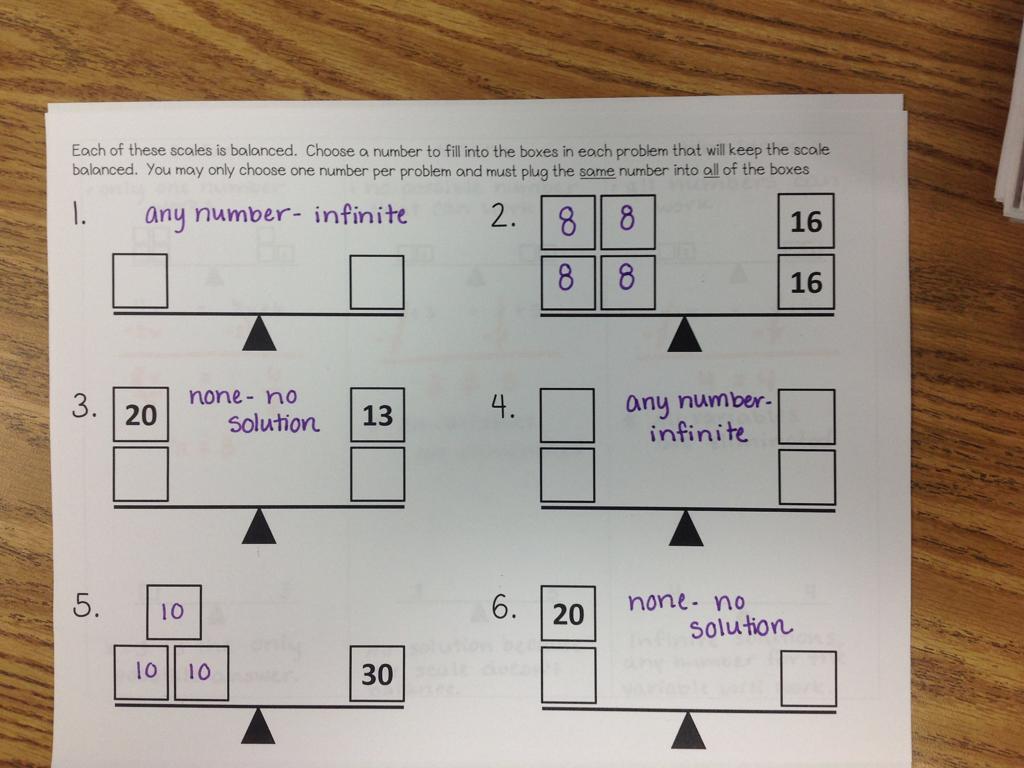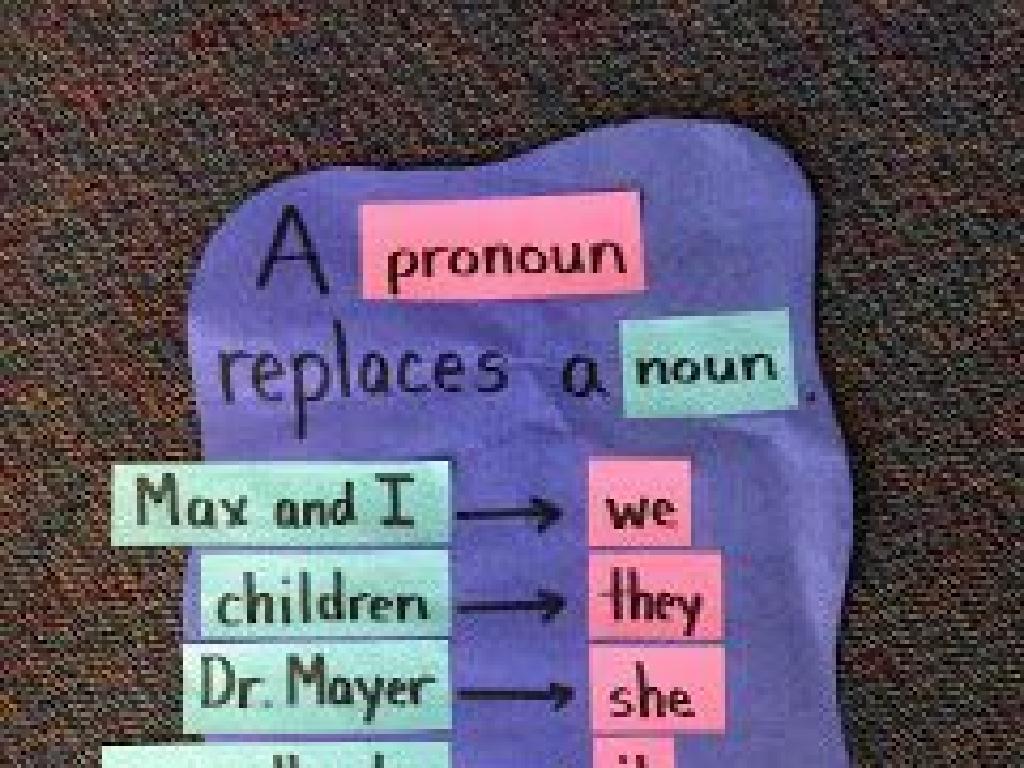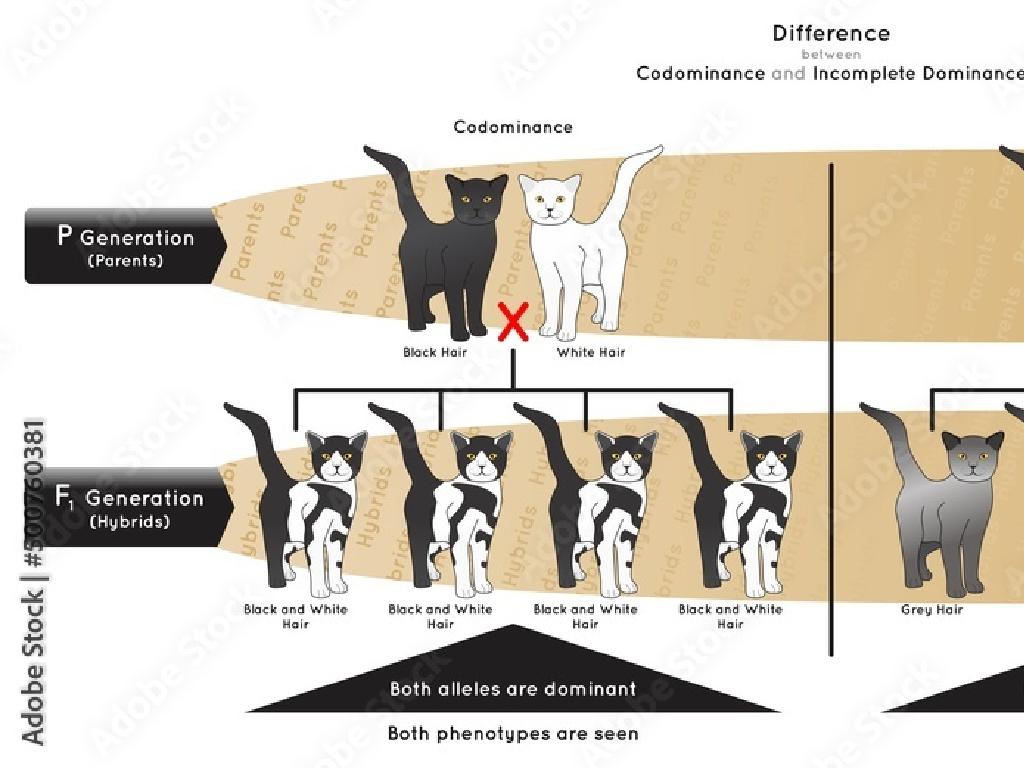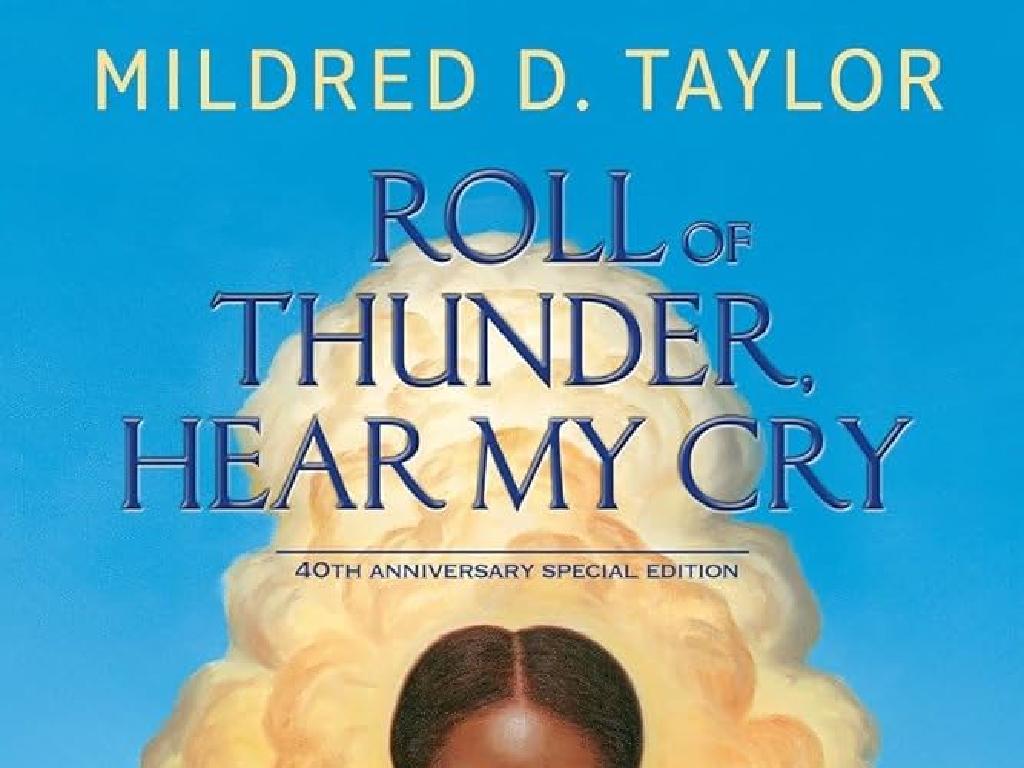Cones
Subject: Math
Grade: Pre-k
Topic: Solid Shapes
Summary: Introduce Pre-K learners to the fascinating shape of cones through fun, hands-on exploration and real-life examples. This interactive math lesson highlights cone properties like a round base and pointy top, using objects such as party hats, ice cream cones, and traffic cones. Students will reinforce learning with creative activities like making paper cones and a classroom cone hunt. Designed to build shape recognition and spatial awareness, this playful approach makes geometry engaging and memorable.
Please LOG IN to download the presentation. Access is available to registered users only.
View More Content
Exploring Cones: A Fun Solid Shape
– Greet our little explorers
– Today’s shape: the cone
– A cone has a circular base and a pointy top
– Cones in everyday life
– Ice cream cones and party hats are cone-shaped
– Let’s find cone-shaped objects
|
Begin the class with a warm and enthusiastic greeting to capture the children’s attention. Introduce the cone as the solid shape of the day, ensuring to describe its characteristics such as having a circular base and a single vertex point at the top. Engage the children by asking them to identify objects around them that resemble a cone, like an ice cream cone or a party hat. This will help them relate the concept to real-world objects they are familiar with. Encourage them to look around their environment for more examples, fostering their observational skills and reinforcing their understanding of cones in a fun and interactive way.
Exploring Cones: A Fun Solid Shape
– A cone has a circular base
– It ends in a single point: the apex
– Cones look like party hats
– Think of a birthday party hat or a yummy ice cream cone
– Cones are found in everyday life
– Look for cones in traffic cones, and cone-shaped cups
|
This slide introduces the concept of cones to Pre-K students by relating it to familiar objects. Start by explaining that a cone is a shape that has a flat circle at one end and comes to a point at the top, just like a party hat or an ice cream cone. Use real-life examples to help children identify cones in their surroundings, such as traffic cones or cone cups. Encourage the children to bring or point out cone-shaped items they have at home or in the classroom. This will help them understand the shape and where it can be found in their environment. The goal is to make the learning process interactive and relatable.
Exploring Cones: Properties of Cones
– Cones have a flat base
– Like the bottom of a cup
– One curved surface on cones
– Like the outside of an ice cream cone
– Cones have a single vertex
– The very tip of the cone, like a party hat’s top
– Let’s count together!
|
This slide introduces the basic properties of cones to Pre-K students. Start by showing them a real cone, like an ice cream cone, and point out the flat base that it sits on. Then, guide them to touch and feel the curved surface that wraps around the cone. Explain that the pointy top of the cone is called the vertex. Engage the students by counting the faces and vertices together. Use simple language and tangible examples that they can relate to, such as comparing the cone’s base to the bottom of a cup and the vertex to the top of a party hat. Encourage the children to ask questions and provide them with various cone-shaped objects to explore.
Cones in Our World
– Cones are all around us
– Examples: traffic cone, ice cream cone
– Bright orange cones used for safety
– Examples: party hat
– Yummy treat with a pointy bottom
– Let’s find more cone examples
– Can you think of other cone-shaped things?
|
This slide is designed to introduce Pre-K students to the concept of cones within their environment. Start by explaining that cones are a type of solid shape that can be found in many places. Show them images of a traffic cone, an ice cream cone, and a party hat, and explain how each represents a cone. Encourage the children to think of and share other examples of cones they may have encountered in their daily lives. This activity will help them recognize and name cone-shaped objects, enhancing their understanding of geometric shapes in a fun and interactive way. It’s also a great opportunity to engage the students in a discussion and allow them to contribute their observations.
Let’s Make a Cone!
– Make cones with paper
– We’ll use colorful paper to craft cones
– Cut, roll, and tape steps
– I’ll show you how to cut a circle, roll it into a cone shape, and secure it with tape
– Decorate your own cone
– Add stickers, glitter, or draw to make your cone special
|
This activity slide is designed for hands-on learning about cones, a solid shape. Provide each student with a sheet of colorful paper. Demonstrate how to cut out a circle and then cut a line to the center to make rolling it into a cone easier. Show them how to overlap the cut edges to form a cone and secure it with tape. Once the cones are made, allow the children to decorate their cones with various craft supplies. This will help them to recognize cones in their environment and understand the concept of 3D shapes. Encourage creativity and praise their efforts to boost their confidence in learning new shapes.
Class Activity: Cone Hunt
– Let’s search for cones in class
– Find cone-shaped objects
– Look for objects like party hats or traffic cones
– You have 10 minutes
– Ready, set, go!
|
This activity is designed to help Pre-K students recognize and identify cone shapes in their environment. Before starting, explain what a cone looks like, perhaps showing a party hat or a traffic cone as examples. Scatter some cone-shaped objects around the classroom for the children to find. Encourage them to look at the objects from different angles to see the cone shape. After the hunt, gather the children and count the cone-shaped objects they found. Discuss how these objects are similar and different from each other. This activity will help reinforce their understanding of solid shapes, specifically cones, in a fun and interactive way.
Review and Goodbye: Cone Shapes Around Us
– Share cone-shaped objects found
– Discuss what we learned about cones
– Cones have a pointy top and a round bottom
– Praise for great work today
– Excited to see you next time!
|
As we wrap up today’s lesson on cones, encourage the children to share the cone-shaped objects they’ve discovered. This reinforces their ability to recognize cones in the world around them. Discuss the key characteristics of cones that we’ve learned, such as having a pointy top and a round bottom, and being able to roll. Offer praise to acknowledge their hard work and participation throughout the lesson. End with an enthusiastic farewell, leaving the children excited for their next math adventure. Remember to provide a supportive and positive environment to foster a love for learning in these young students.

